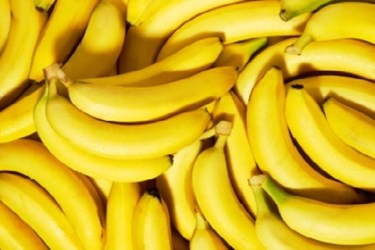Chiquita And Fresh Del Monte Are Going Bananas To Protect Crops
By Karla Paris

Two of the world’s largest producers of bananas are searching for solutions to ward off a potentially disastrous viral strain impacting banana crops
The United Nations’ Food and Agriculture Organization (FAO) lists bananas as the eighth-most important food crop in the world and the fourth-most important food crop among the world’s least-developed countries. Bananas not only rank as the fruit of choice for U.S. shoppers, but it is also a dietary staple for many living in West Africa, Central America, and Asia. For instance, in Africa, as much as 400kg of plantain are consumed per year as a main source of calories.
Major banana-producing regions went on alert recently, heeding a warning from the FAO on the return of Panama Disease, dubbed Tropical Race 4 (TR4). A global threat that cannot be ignored, the devastating virus has strong potential to wipe out the entire crop of the most popular strain of banana, the Cavendish banana. The Cavendish accounts for 47 percent of all cultivated bananas and almost the entire export trade, which is worth more than $8 billion a year.
TR4 has already been detected in three of the top 10 banana-producing nations: China, the Philippines, and Indonesia. In addition to the recent cases in Mozambique and Jordan, TR4 has also attacked plantations in Australia, Malaysia, and Thailand.
Manufacturers are taking measures, though not guaranteed, to avoid its banana product being wiped out by this disease. Fresh Del Monte has switched to a less vulnerable banana variety to reduce risk of infection, though the company says no variety is completely resistant to the disease. Chiquita is examining other varieties of bananas that could replace the Cavendish, its primary product, which replaced the Gros Michel variety after it had been wiped out in the 1960s by a different strain of the same virus.
Additionally, Chiquita has acted with urgency to implement an aggressive risk mitigation plan to protect its banana production in South America. Since all of its supply comes from South America, a successful prevention program increases the value of those plants that escape the fungus now causing destruction for other banana suppliers around the globe.
